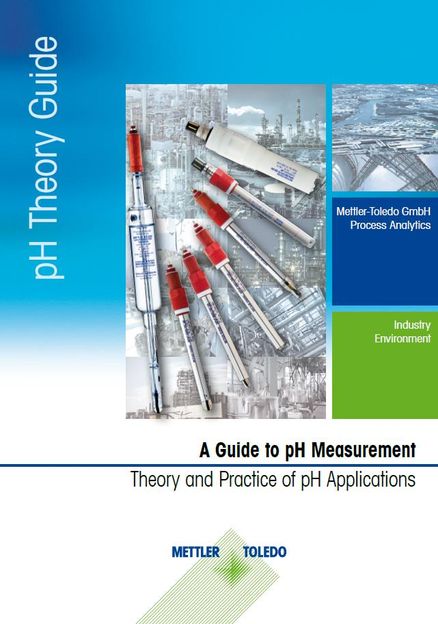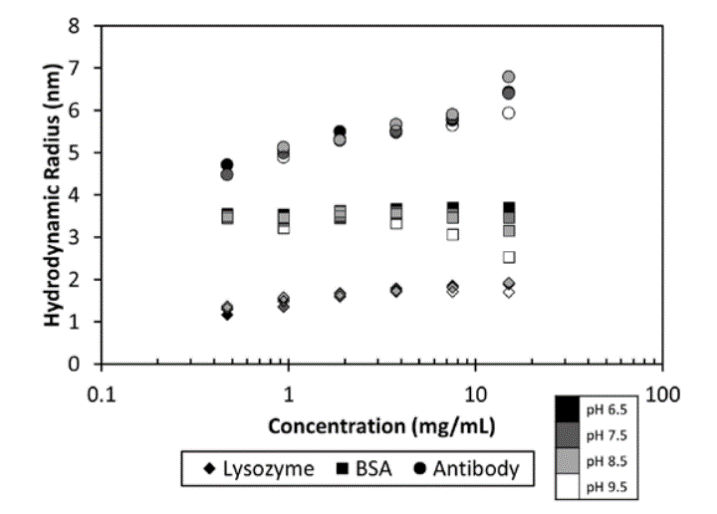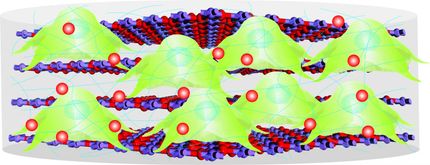Stingray soft robot could lead to bio-inspired robotics
UCLA bioengineering professor Ali Khademhosseini has led the development of a tissue-based soft robot that mimics the biomechanics of a stingray. The new technology could lead to advances in bio-inspired robotics, regenerative medicine and medical diagnostics.
The simple body design of stingrays, specifically, a flattened body shape and side fins that start at the head and end at the base of their tail, makes them ideal to model bio-electromechanical systems on.
The 10-millimeter long robot is made up of four layers: tissue composed of live heart cells, two distinct types of specialized biomaterials for structural support, and flexible electrodes. Imitating nature, the robotic stingray is even able to "flap" its fins when the electrodes contract the heart cells on the biomaterial scaffold.
"The development of such bioinspired systems could enable future robotics that contain both biological tissues and electronic systems," Khademhosseini said. "This advancement could be used for medical therapies such as personalized tissue patches to strengthen cardiac muscle tissue for heart attack patients."
Original publication
Su Ryon Shin, Bianca Migliori, Beatrice Miccoli, Yi‐Chen Li, Pooria Mostafalu, Jungmok Seo, Serena Mandla, Alessandro Enrico, Silvia Antona, Ram Sabarish, Ting Zheng, Lorenzo Pirrami, Kaizhen Zhang, Yu Shrike Zhang, Kai‐tak Wan, Danilo Demarchi, Mehmet R. Dokmeci, Ali Khademhosseini; "Electrically Driven Microengineered Bioinspired Soft Robots"; Advanced Materials; 2018
Most read news
Original publication
Su Ryon Shin, Bianca Migliori, Beatrice Miccoli, Yi‐Chen Li, Pooria Mostafalu, Jungmok Seo, Serena Mandla, Alessandro Enrico, Silvia Antona, Ram Sabarish, Ting Zheng, Lorenzo Pirrami, Kaizhen Zhang, Yu Shrike Zhang, Kai‐tak Wan, Danilo Demarchi, Mehmet R. Dokmeci, Ali Khademhosseini; "Electrically Driven Microengineered Bioinspired Soft Robots"; Advanced Materials; 2018
Topics
Organizations
Other news from the department science

Get the life science industry in your inbox
By submitting this form you agree that LUMITOS AG will send you the newsletter(s) selected above by email. Your data will not be passed on to third parties. Your data will be stored and processed in accordance with our data protection regulations. LUMITOS may contact you by email for the purpose of advertising or market and opinion surveys. You can revoke your consent at any time without giving reasons to LUMITOS AG, Ernst-Augustin-Str. 2, 12489 Berlin, Germany or by e-mail at revoke@lumitos.com with effect for the future. In addition, each email contains a link to unsubscribe from the corresponding newsletter.
More news from our other portals
Last viewed contents

pH Theory Guide - A Guide to pH Measurement Practice and Applications
Barry_Posner
Lynn_Margulis
BBCH-scale_(sunflower)
Rugogaster

The Diffusion Interaction Parameter (kD) as an Indicator of Colloidal and Thermal Stability -
Glypican
VG_(nerve_agent)
Category:Genetics_experiments
DNA_microarray























































